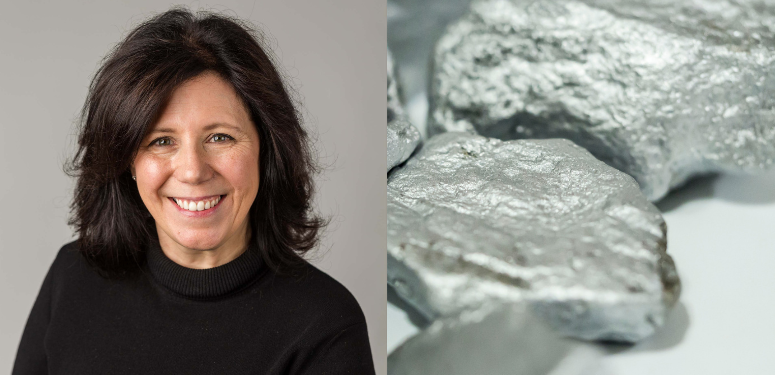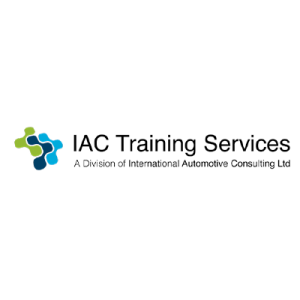By Becky Berube
The first week of March saw two hundred members of a worldwide organization representing every aspect of the precious metals supply chain, from mining and refining to fabrication, recycling, and investment meet in Orlando, Florida. The International Precious Metals Institute promotes excellence through education, research, and networking opportunities that drive innovation and advance sustainable practices.
The group met for its winter meetings to discuss topics such as security and anti-money laundering, Platinum Group Metals (PGM) supply and demand, mining, refining, recycling, the prevention of auto catalyst theft, and precious metals sampling and analysis. Here are some key takeaways from the week.
Cyber and socially engineered crimes continue to rise. If you have not been a victim of a customer initiating a new bank account and sending money to the wrong recipient, consider yourself lucky. Most companies now require a verbal confirmation from someone that is known to them to make any changes to banking information. These crimes can be a disaster to a company making it worthwhile to pick up cyber and business continuance insurance.
Knowing your business (KYB), knowing your customer (KYC), and knowing your material (responsible sourcing)—knowing who you are transacting with and where your goods are coming from and being sold to is paramount. You do not want the authorities to pay you an unannounced visit and seize your assets. Nor do you want a claw-back lawsuit for buying from or selling to a company that was not acting ethically and got taken down. This is happening at alarming rates, especially with catalytic converter theft in the national spotlight. If you are selling to a less-than-credible outfit and your payment is “untraceable,” beware. Your payment is likely being documented. Therefore, you are being watched.
The committee for the prevention of auto catalyst theft which comprises industry leaders representing the processing, smelting, and refining of precious metals recovered from end-of-life catalytic converters also met during the week. These committee members who contribute their time, expertise, and financial resources to address this significant public concern, hope to offer realistic solutions to combat catalytic converter theft while protecting legitimate recyclers contributing to the global supply of recycled critical minerals.
Leaders convened even as precious metals prices continued to fall like a knife, especially rhodium as one Chinese glassmaker announced a change in the alloy. Even so, most of the precious metal researchers and analysts remained bullish on PGM prices in the short term, in USD: Platinum (Pt) ranges from $850 to $1,150 per troy ounce; Palladium (Pd) ranges from $1,350 to $1,950 per troy ounce; and Rhodium (Rh) range $9,000 to $17,000 per troy ounce. Compare that to January 2019 when the metals were at Pt $800, Pd $1,330, and Rh $2,300 per toz., today’s prices remain strong.
On the supply side, most processors, smelters, and refiners agreed that recycling volumes are off somewhere between 25 and 50 percent at the start of 2023. Recyclers holding material may be due to a desire for a psychological price point that is no longer attainable or a rise in part sales, a rise in the price of steel, or some combination of the three.
Today, recycle supplies one-third of the PGM market and is set to grow to nearly two-thirds in the next 15 to 20 years with Pd from palladium-rich gasoline catalyst growing from almost 2.7 Moz. out of a total of 4.6 Moz. to nearly 7 Moz. out of 10 Moz. With fourteen million fewer cars being produced since COVID and the average life of a vehicle increasing to 20 years (some calling this the “Cuba effect”), combined with a constriction in primary mining supply, we can expect four million fewer ounces of precious metals between last year and this year. This would be good news for the price of PGMs if it weren’t for high inflation, a strong dollar, lackluster demand, and above-ground stock. Auto manufacturers appear to be producing cars to fit demand versus mass-producing cars and continue to charge a premium for models with high preference. Despite high inflation and recessionary concerns, consumers are still paying above sticker prices for the vehicles they want.
Demand for PGMs is not all doom and gloom. Several factors bode well for the precious complex even if palladium ends up in surplus in the future. Increased emission standards in China, India and Europe represent higher loadings of PGMs in catalytic converters. On the road to electrification, hybrid converters use 10 – 15 percent more PGMs. It appears that the European internal combustion engine (ICE) ban fails to address material and power constraints as well as consumer preference. A strong case for the hydrogen economy, especially in long-haul commercial vehicles, represents a huge opportunity for platinum-rich fuel cells. Many experts predict that the platinum price will cross over and exceed the palladium price once again as its uses grow and will once again be the long-term winner in the PGM complex.
In summary, recycling plays a crucial role in the recovery of critical minerals, key to the U. S’s economic and military strength, as evidenced by Executive Orders from the last two Presidential Administrations (Executive Order 13953 and Executive Order 14017 respectively). These Orders address the threat to the domestic supply chain from reliance on critical minerals from foreign adversaries and support a “Made in America” Supply Chain to be accomplished through domestic mining and processing of secondary materials.
To learn more, or to stay informed on these topics, you can subscribe to our daily e-newsletter or get Platinum Group Metal prices texted twice daily to your phone, TEXT “Daily” to 844-713-PGMs (7467). You can also call us or email us at sales@unitedcatalystcorporation.com.
Becky Berube serves the recycling community as President of United Catalyst Corporation, is a Member of the Automotive Recycling Association’s Educational Programming Committee and is a Past President of the International Precious Metals Institute.



























